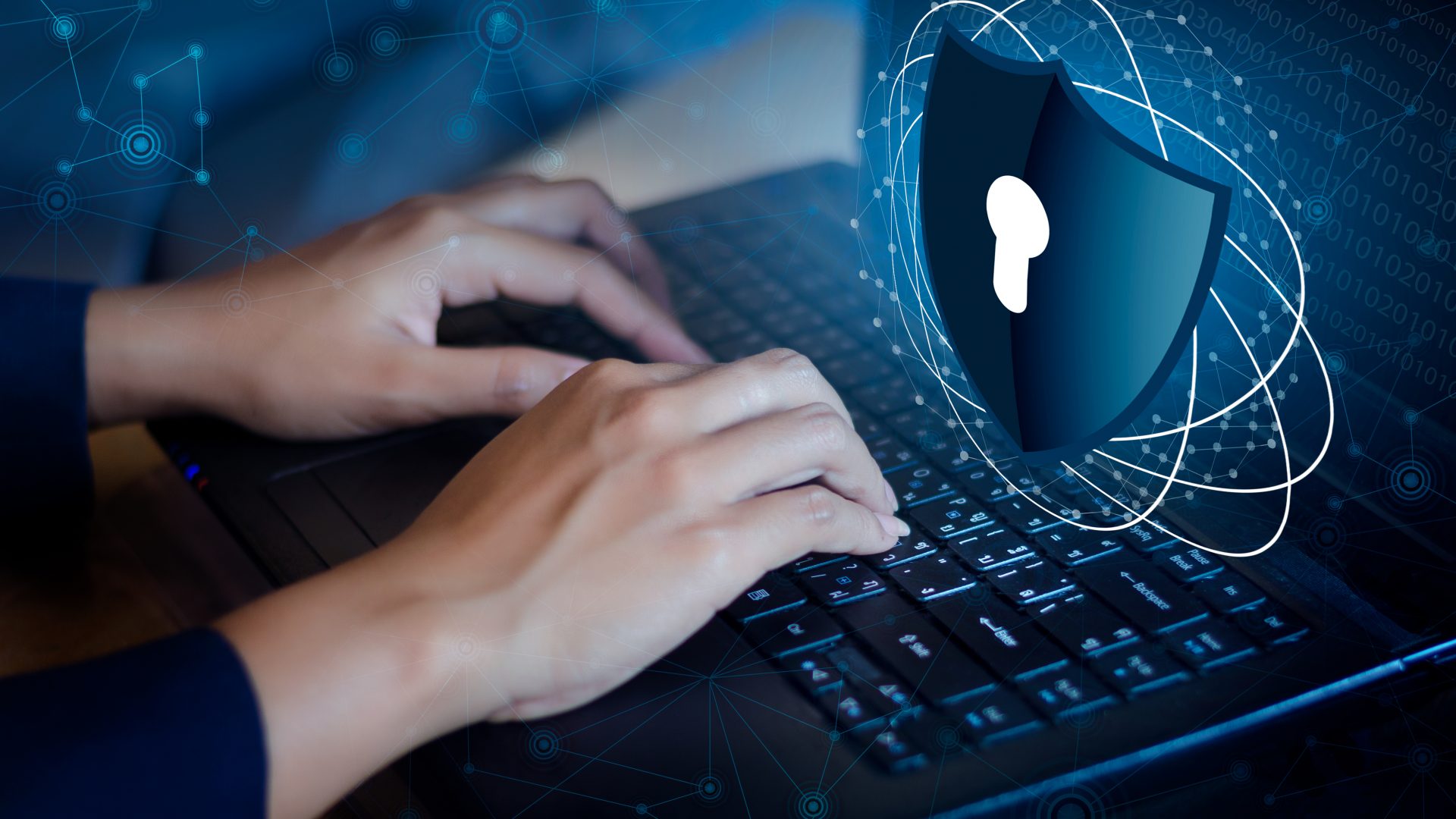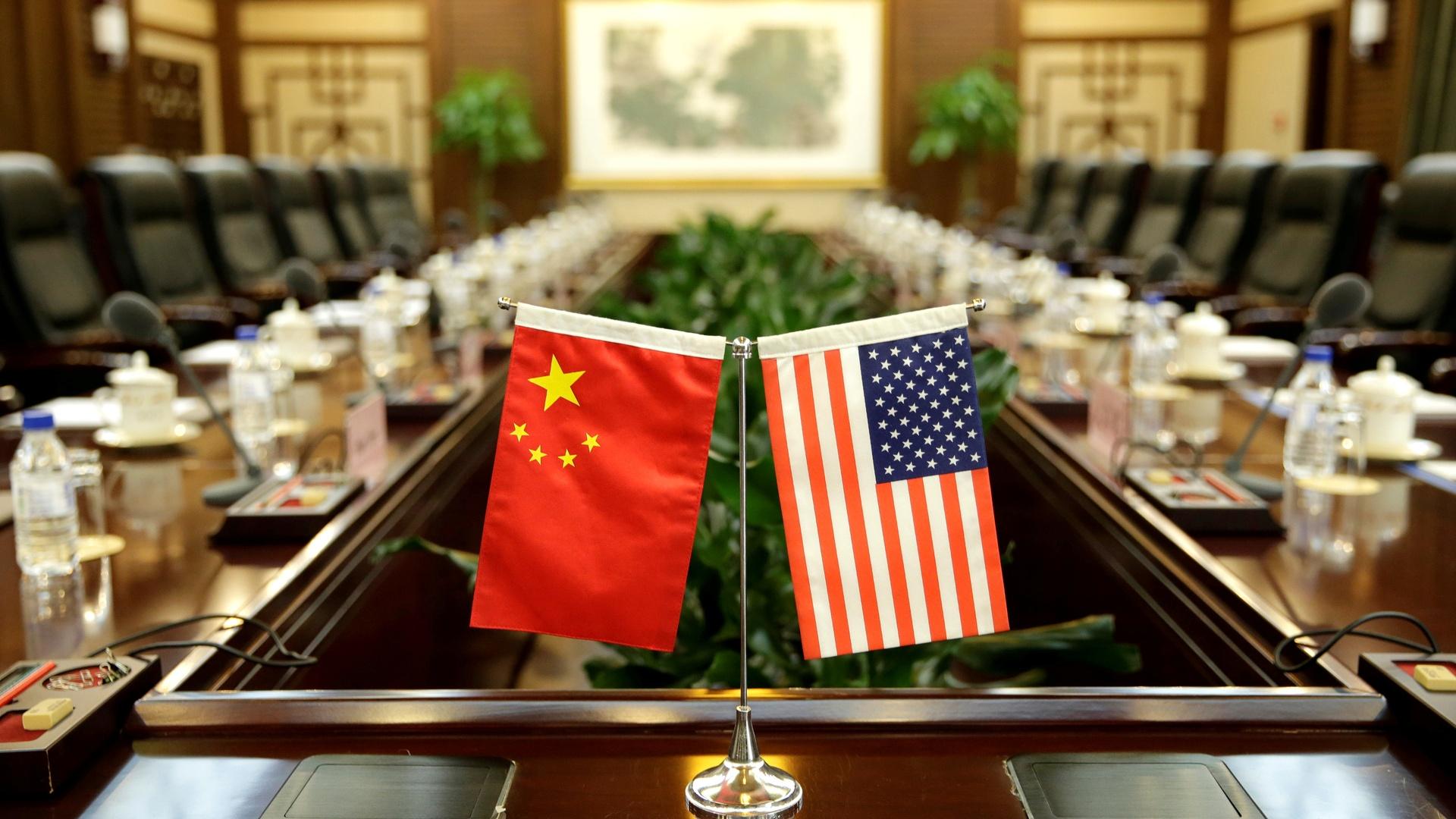Internet networks that connect the most extreme points around the world, such as connecting all countries of Europe by railways, have gained speed with the developing technology. These networks have positive aspects like all the people in the world communicating with each other quickly. However, there are both positive and negative aspects. As negative aspect, when communicating, your information may be used for malicious purposes. If we consider that this is used by governments, it may cause quite dangerous situation. This article discusses the dangerous situations that occur, namely cyber terror and the fight against it.
KEY WORDS: Cybersecurity, cyber-attacks, cyber terror, cyber threat
In the 21st century, it has been inevitable to develop a cyber security for cybercrime or cyber terrorism that surround the whole world in every field. Thus, the main purpose of this article is to highlight the dangerous dimensions of cybercrime and the difficulty of combating it. One of its arguments is that the fight against cybercrime is actually about the security strategies of states. We can say that another argument is the challenge of fighting cybercrime and coordination centers established in Turkey supports this argument. The article consists of three main sections. In the first part, the main goal is to give information about what cyber security is. In the second part, cyber threats and cyber terrorism, which are the main information to be given, are mentioned. In this section, two main and most important cyber-attacks are mentioned: Distributed Denial of Service (DDoS) Attacks and Stuxnet Attack. In the last chapter, Turkey’s security strategy will be discussed as example of a country’s security strategy. Last in the conclusion part, the article will be summarized in general.
The appropriate article selection was made in line with the main messages that the three main topics wanted to give. The message to be given by citing only certain parts of the selected articles was supported. We can say that the common feature of the cited articles is that they explain the concepts by supporting them with examples. Again, the common argument of the cited articles is that the fight against cyber terror is getting harder day by day.
A. CYBERSECURITY
Imagine that there are millions of houses in the world and these houses have no doors. All special information or moments in your home are visible to everyone. How unsafe space isn’t it? All areas of your home, your communication with other people and the information you store in your home are your cyberspace. In this section, information will be given about what the concept of cyber security is.
When the computer was first invented, it was huge and did not fit in homes. A lot of electrical power and personnel were needed to use computers. Therefore, it was a very costly invention in the first place. Governments and large companies provided support for software and hardware development for the computer, due to the ease of workload and the speed of service provided. Thanks to this development, many users were able to provide easy communication and knowledge transfer with other users (Warner, 2012, p.783).
At this point, our home started to cease to be safe. In order to increase the security of our home, the need for various security systems has started to increase. Because an attack on our home is an attack on our cyber space, and in this case, we know that our data is not safe.
The concept of “cyber security” was introduced by engineers in the 1990s to describe the security problem in computer-connected networks. In order for your cyberspace to be safe, security must be provided in three areas. These are the confidentiality of your information, the integrity of your information and the accessibility of your information. We can only define confidentiality as those who have access to your information for use. In addition, we can explain the principle of access as that only authorized persons can view your stored information and the principle of information integrity is to keep your information in its original form without changing your information (Aslay, 2017, p.25).
The negligence of security in one of these three basic knowledge principles mentioned by Aslay leads to threats in the political and social sphere as well as technical sphere. Because the threat risk increases with every development of our cyber areas that develop with technology. This will be discussed in the next section of the article.
B. CYBER TERRORISM AND CYBER THREATS
Increasing cyber threats in parallel with the development of the cyberspace are threats that concern not only individuals but also states and non-state actors and society as a whole, as mentioned in the previous section. In this section, two important cyber threats, we can say cyber-attack, will be mentioned. These are Distributed Denial of Service (DDoS) and Stuxnet attacks. Before talking about what cyber threats are, we need to talk a little bit about cyber terrorism.
If an individual has a computer and internet network, he or she can communicate easily with people from anywhere else in the world. Moreover, he or she can even provide access to another computer. It is unpredictable whether access to your information by anyone other than authorized persons will result in good faith or malicious action. Warner says in this situation, “Malicious actors can cause personal harm or anonymous mischief seemingly by automated and remote control” (Warner, 2012, p.781).
When terrorism is mentioned, we all think of armed groups that commit unjust acts. However, cyber terrorism is malicious software developed with computers, unlike a concrete terrorist act. Also, cyber terrorism can cause physical or psychological damage as much as the armed forces (Macdonald, Jarvis & Lavis, 2019, p.3). In addition, it has not been possible to fully explain cyber terrorism until today. The concept of cyber terrorism started being used by Barry Collin in 1997. Since then, there is no legal or academic general definition of this concept (Marsili, 2019, p.172). In cyber security threats or cyber terrorism incidents, the main target, the obvious main enemy, may not be identified. Because the enemy can be disguised very well without revealing his or her identity. That is, the enemy may be in a young, a terrorist organization, or another state (Kurnaz, 2016).
Walden analyzes cybercrime in three categories. The first is that fraud and theft activities are carried out with a computer. In other words, it is the use of the computer to control data for crimes that can be called simple crimes. The second is the transfer of illegal data to other media and the use of the computer as a tool for this. Damage to the integrity of systems, data usage, and privacy policy in computers is in the third category. These are all hacking activities that contain malware (Walden, 2005).
As Jian Hua and Sanjay Bapna say in their summary on this subject; ‘’Compared with other terrorism approaches, cyber terrorism requires fewer people and fewer inputs’’ (Hua & Bapna, 2012, p.105). According to them, cyber terrorists who commit crimes anonymously make it difficult to identify criminals by many methods. Combating cyber terrorism is getting more and more difficult as technology develops. There are two important attacks in the world that reveal how difficult it is to combat cyber terrorism. DDoS and Stuxnet attacks, which are the subheadings of this section, will be explained in the next section.
B.1. Distributed Denial of Service (DDoS) Attacks
In this section, we aim to explain the difficulties of combating cyber terrorism with DDoS and Stuxnet attacks. While these examples are given, the works of Francis Grimal and Jae Sundara will guide us in this section.
There is one of the oldest and most used cyber-attack methods that emerged in the 1990s, called Distributed Denial of Service (DDoS). This attack was developed to slow down transaction speeds by exposing online services to heavy traffic. This heavy traffic is known to come from fake users via notifications and messages. It is a very skillful attack at exporting shared data as well as keeping the connection busy.
Cyber-attacks on Estonia’s government information began on April 26, 2007, and it turned out to be carried out by an estimated one million zombie software. It was determined that these cyber-attacks were DDoS attacks. Even the website of the Estonian Parliament was shut down for a while. This attack has begun to damage the e-mails of Estonia’s major institutions and the transactions of major financial institutions. Then, on May 9, the most intense cyberattack started to take place. In addition to all this, it should not be forgotten that Estonia is an EU member and also a NATO member. Thus, the failure of the struggle against this attack is actually described as the inadequacy of these two international organizations in the struggle. After this attack, the EU and NATO had to take the necessary measures against cyber terrorism (Grimal & Sundara, 2017, p.4). This method of attack is frequently used in many countries except of Estonia. It reached the level of danger that could even reach military data. We can cite the attack on Georgia’s data as the best example of this.
DDoS attacks against Georgia are an example of cyber terrorism that shows its presence in the military field as well as in the political field. Russian military operations were supported by cyberattacks. This situation started to put Georgia’s defense system in a difficult situation. It caused the people of Georgia to clash with their own government (Grimal & Sundara, 2017, p.5)
B.2. Stuxnet Attack
We can say that it is a cyber-attack that emerged in 2010, developed jointly by the US and Israel in order to prevent Iran’s nuclear power plant initiatives. Stuxnet is an important attack system that must be mentioned about cyber-attack and has made a great impact in the world.
This attack, in its shortest definition, is when an infected flash drive attached on main screens and makes computers vulnerable by a worm. Many centrifuges in Iran’s nuclear power plant were attacked with this malicious worm software. Of course, this attack was costly. While analyzing the cost-benefit of Stuxnet, Slayton states that the offense costs more than the defense. She says the reason for this is trying to collect data from a physical sphere. In addition, Iran’s nuclear program was constantly disrupted due to the Stuxnet attack, which meant a separate cost each time (Slayton, 2010). The Stuxnet attack showed the world how cyber terror can reach a dangerous level and how much it costs. Slayton adds about this attack, ‘’ The costs of Stuxnet are uncertain, but they are likely to be two orders of magnitude lower than the perceived value of Iran’s nuclear program’’ (Slayton, 2010, p.108).
Also, according to Grimal and Sundara (2017), the Stuxnet attack showed how difficult it is to identify those responsible for attacks in cyberspace. While DDoS aims to disrupt government affairs and create pressures, Stuxnet is a government-sponsored attack, but a costly attack to damage nuclear programs. With this attack, states began to research how to develop strategies for their cyber security.
“Stuxnet is probably the first computer virus known to be capable of targeting and destroying industrial systems, such as nuclear facilities and power grids” (Grimal and Sundara, 2017, p.5). As we gather information about all these attacks, the question of whether our home, which we mentioned at the beginning of the article, is safe, comes to mind. So what are Turkey’s the security strategy of the against these attacks? Turkey’s evolving security strategy against cyber-attacks will be discussed in the next section.
C. TURKEY’S CYBER SECURITY STRATEGY
Internet network users, cyber-attack threats and even cyber-attacks have showed the need for continuous improvement in the infrastructure of states. In this section, we will discuss Turkey’s cyber infrastructure and the strategy against cyber-attacks.
In the 1960s email systems have been used in Turkey and the process of transition to an information society, however, has also started. On October 30, 1960, the first computer was used in the General Directorate of Highways. Later, leading universities of our country, ITU and METU, gave courses on computer use. Statistics on Population Project in 1970, increased use of computers in the mid-1980s, and in 1993 the realization of the first Internet connection in METU and the widespread use of the Internet in 1995 are Turkey’s transition process to a knowledge society (Yılmaz, Ulus & Gönen, 2015, p.134). Of course, the processes are still going on because technology develops day by day, increasing global communication and changing our way of life.
On October 20, 2012, a Cyber Security Coordination Center has been established in Turkey. Cyber Security Coordination Center has been authorized to take measures regarding cyber security and to provide coordination in the prepared plans. As information technologies develop and cybercrimes continue to increase, the Department of Combating Cyber Crimes was established within the General Directorate of Security. As 2016 progressed, crimes of bank and credit card fraud, online illegal gambling began to increase significantly. In our country, even a constitutional regulation has been made to punish those who commit cybercrimes (Hatipoğlu, 2017, pp.163-166).
To summarize the issues mentioned in the article; As cyber security develops, it also brings along cybercrimes. In the face of many cybercrime in the world, states should not remain vulnerable and have to adapt to the changing cyber space. Also, states can defend against cyber terrorism through constitutional regulations or developing defense systems.
Prepared by Melisa Akçay for The FEAS Journal.
BIBLIOGRAPHY
Grimal, F., & Sundaram, J. (2017). Cyber warfare and autonomous self-defence. Journal on the Use of Force and International Law, 4(2), 312–343. https://doi.org/10.1080/20531702.2017.1338877
Hua, J., & Bapna, S. (2012). How can we deter cyber terrorism? Information Security Journal: A Global Perspective, 21(2), 102–114. https://doi.org/10.1080/19393555.2011.647250
Kurnaz İ. (2016). Siber güvenlik ve ilintili kavramsal çerçeve. Cyberpolitik Journal, 1(1), 56–77. http://www.cyberpolitikjournal.org/index.php/main/article/view/91
Macdonald, S., Jarvis, L., & Lavis, S. M. (2019). Cyberterrorism today? Findings from a follow-on survey of researchers. Studies in Conflict & Terrorism, 1–26. https://doi.org/10.1080/1057610x.2019.1696444
Marsili, M. (2018). The war on cyberterrorism. Democracy and Security, 15(2), 172–199. https://doi.org/10.1080/17419166.2018.1496826
Slayton, R. (2017). What is the cyber offense-defense balance? Conceptions, causes, and assessment. International Security, 41(3), 72–109. https://doi.org/10.1162/isec_a_00267
Walden I. (2005). Crime and security in cyberspace. Cambridge Review of International Affairs, 18(1), 51–68. https://doi.org/10.1080/09557570500059563
Warner M. (2012). Cybersecurity: A pre-history. Intelligence and National Security, 27(5), 781–799. https://doi.org/10.1080/02684527.2012.708530
Yılmaz E. N., Ulus İ. H., & Gönen S. (2015). Bilgi toplumuna geçiş ve siber güvenlik. Bilişim Teknolojileri Dergisi, 8(3), 133-146. https://doi.org/10.17671/btd.87028











